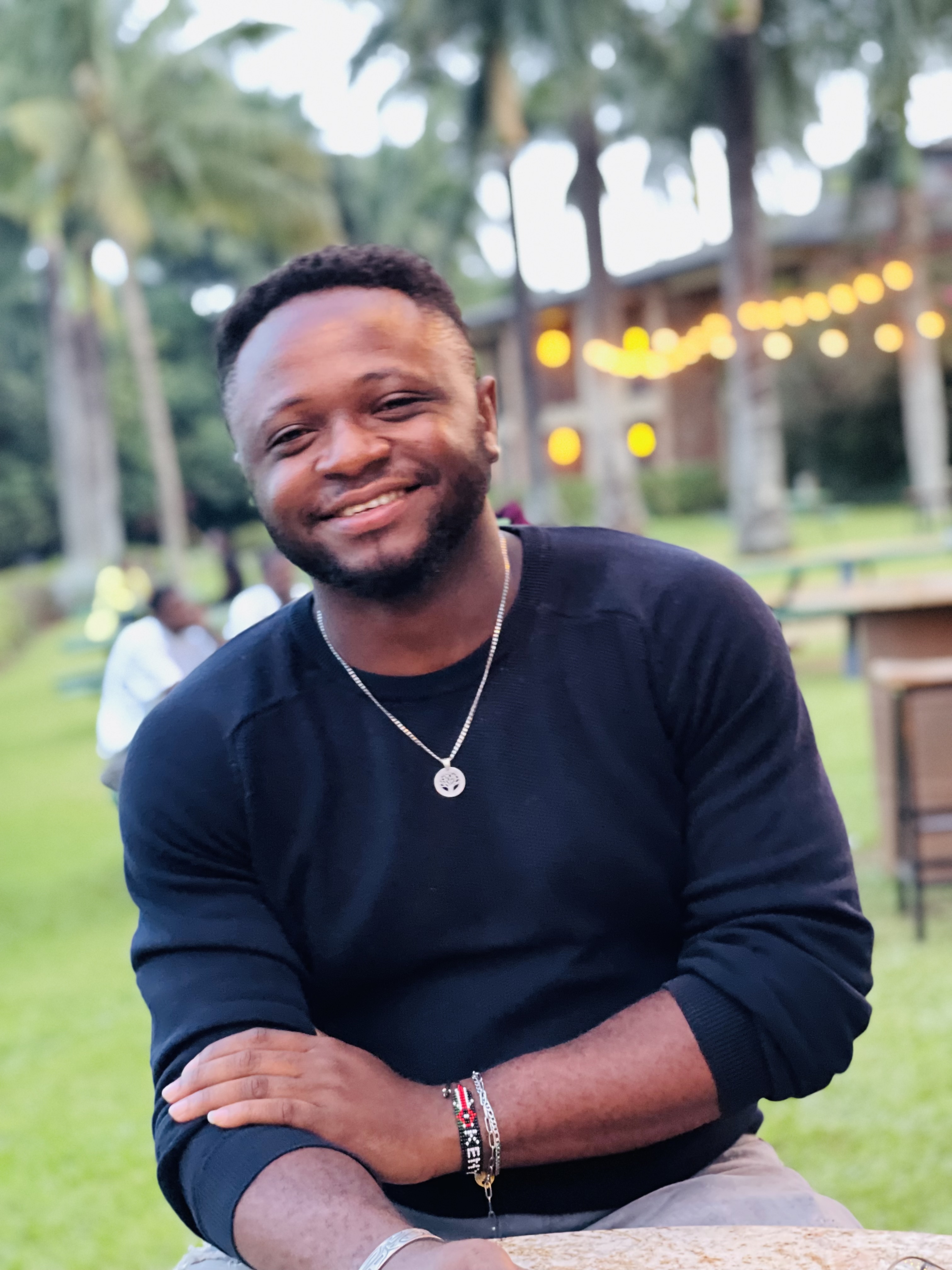Crossroads of Flavors and Code: My Abidjan Memoir of Food, Culture, and Digital Nomad Life
DIGITAL NOMAD / TRAVEL / WEST AFRICA
Meta description: Discover a digital nomad’s journey through Abidjan—morning markets, local eats, coworking spots, and hidden beachfront escapes in 900 words.
Title: Crossroads of Flavors and Code: My Abidjan Memoir of Food, Culture, and Digital Nomad Life
Introduction:
Arriving in Abidjan felt like stepping onto a movie set—skyscrapers shimmering in the boulevard heat, vendors hollering offers of fried plantains at 7 a.m., and the hum of moto-taxis weaving through traffic. As a remote software engineer chasing a fresh pace, I soon learned that this city is more than its reputation as Côte d’Ivoire’s economic hub: it’s a patchwork of neighborhoods brimming with art, an ever-present soundtrack of Coupé-Décalé beats, and a street-food scene that’ll awaken your taste buds at every corner.
Morning Market Meanders: Cocody, Plateau, and Beyond
My days often began before sunrise, weaving through the shaded alleys of Cocody’s popular Biétry Market. Stallkeepers arranged pyramids of flamboyant mangoes and local bananas, while sellers ladled hot garba (attieké with fried tuna) onto plastic plates. Along the Boulevard de Marseille in Plateau, colonial façades mixed with glass towers—an architectural time warp that begged for a slow stroll. I’d pick up a sachet of cold bissap (hibiscus juice) for the road—tangy, refreshing, and just sweet enough to cut the pre-coffee haze.
One of my favorite discoveries: the small art collective tucked in a side street off Avenue du Général de Gaulle. Local painters draped canvases of Baoulé masks and Abidjanais street scenes on wire racks. The artists didn’t push for sales; they invited curious tourists to chat over espresso. It felt informal—more like swapping stories over coffee than a gallery visit.
Savoring Attiéké and Aloco: A Food Journey
If there’s a single dish that captures Abidjan’s culinary spirit, it’s attiéké—a couscous-like mix from fermented manioc. Vendors line the sidewalks, scooping steaming portions onto banana leaves, topping it with peppery tomato sauce, fresh onions, and a chunk of grilled fish. I once tried a version at a tiny shack in Treichville run by a mother-daughter duo, where every bite had a hint of smoky wood fire.
Later, I chased the aloco legend in Marcory. Imagine golden slices of plantains frying in rich palm oil until crisp on the edges, then served with a mountain of onions, tomatoes, and a small scoop of chilled ginger juice. Pro tip: ask for gari (toasted cassava granules) on the side—it adds a crunchy contrast that I now crave whenever I think of Abidjan.
Finding Balance as a Digital Nomad
Between market visits and lunchtime feasts, I clocked in work hours at two main spots: Jokko WorkSpace near Plateau, and PlugHub in Riviera. Jokko’s open-plan design let in plenty of sunlight, and their local coffee was surprisingly strong—perfect for midday sprints. Riviera’s PlugHub had faster wifi (about 20–25 Mbps down) and an international crowd tinkering away on laptops over smoothies.
Cost of living here is surprisingly reasonable. A month of coworking membership averaged around €120, and a room in a shared apartment in Cocody was roughly €350–€400 per month. GrabBike (the local moto app) shrunk commute times to under 15 minutes between most districts, costing around €1–€2 per ride.
Hidden Gems Beyond the City Bustle
When the city pulse felt too hectic, I escaped to Assinie, a 90-minute drive east. Beaches here are more laid-back than Grand-Bassam; small beach bars play live reggae as fishermen return with fresh catch. Renting a beach bungalow for €25 a night meant morning swims before sunrise, followed by coconut-water breakfasts.
Back in town, I fell in love with the pottery workshops at Koumassi. Artisans shape clay by hand, then fire intricate bowls and vases in communal kilns. Watching them work reminded me that in Abidjan, the modern skyscraper shadows still shelter centuries-old traditions.
Practical Tips for Your Abidjan Adventure
• Language: French is dominant, but you’ll often hear Dioula or Baoulé in local markets. A few polite phrases in French (bonjour, merci) go a long way.
• Currency: West African CFA franc (XOF). ATMs are common, but carry small notes for market purchases.
• Health & Safety: Tap water isn’t recommended—opt for bottled. Stick to well-lit streets at night and flag down registered taxis or use Grab.
• Connectivity: Buy a local data SIM (MTN or Orange) for €5–€10. Top-ups are easy at corner kiosks.
Conclusion:
Abidjan taught me that adventure doesn’t always mean jungle treks or mountain climbs. Sometimes it’s the scent of frying plantains blending with early-morning city haze, or the click-clack of a coworking space powering through a sprint deadline. As I watched the sun set over the Ébrié Lagoon—turning the water rose gold—I realized I’d found a rhythm in this city’s contrasts. For every skyscraper there’s a market stall, and for every fast wifi signal there’s a traditional clay kiln—an invitation to balance work and wonder, code and culture, all in one West African metropolis.
-
Date:
04 August 2025 06:01 -
Author:
Urey Mutuale -
Categories:
DIGITAL NOMAD / TRAVEL / WEST AFRICA -
Tags:
ABIDJAN FOOD / ABIDJAN TRAVEL / DIGITAL NOMAD / HIDDEN GEMS / IVORY COAST CULTURE

